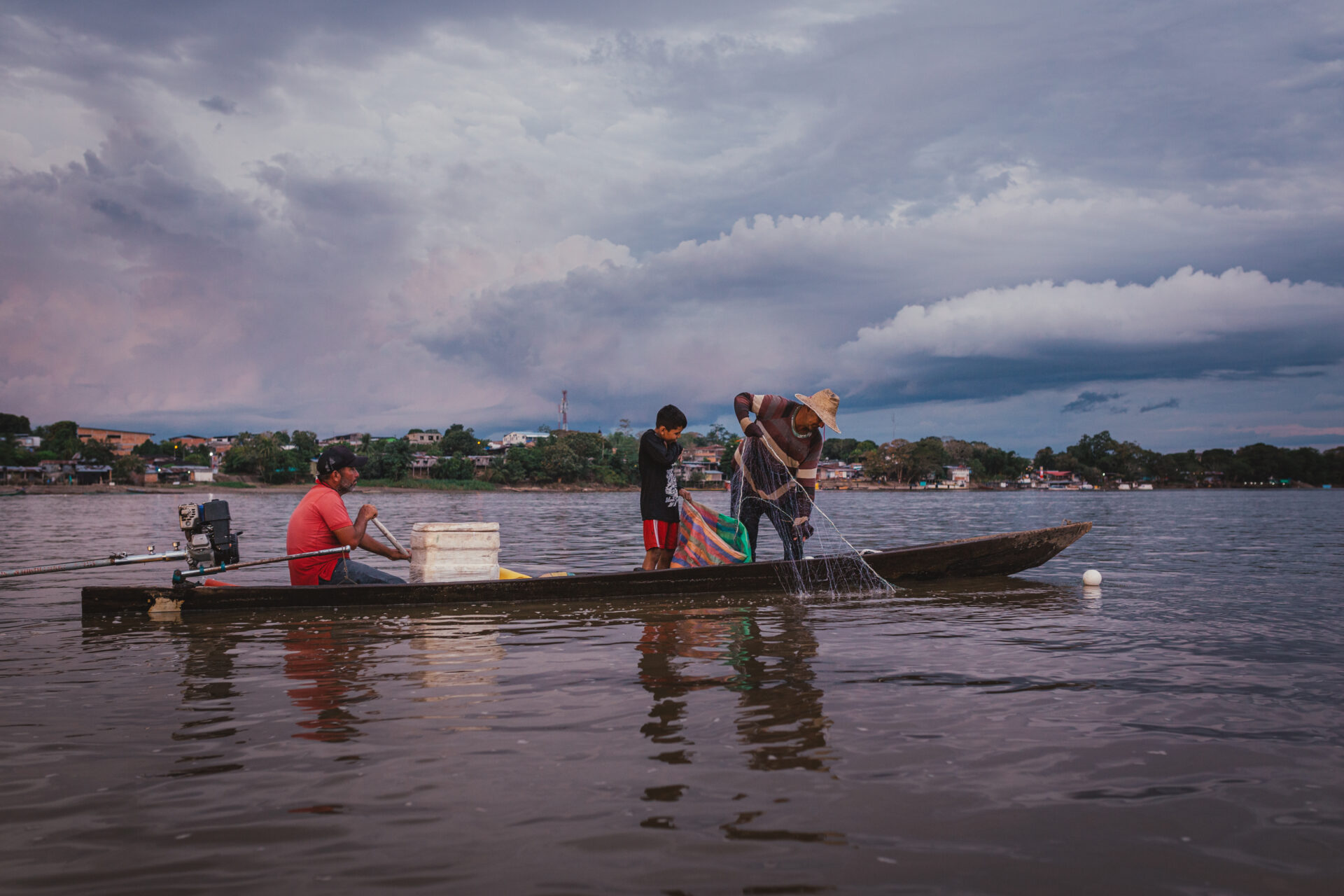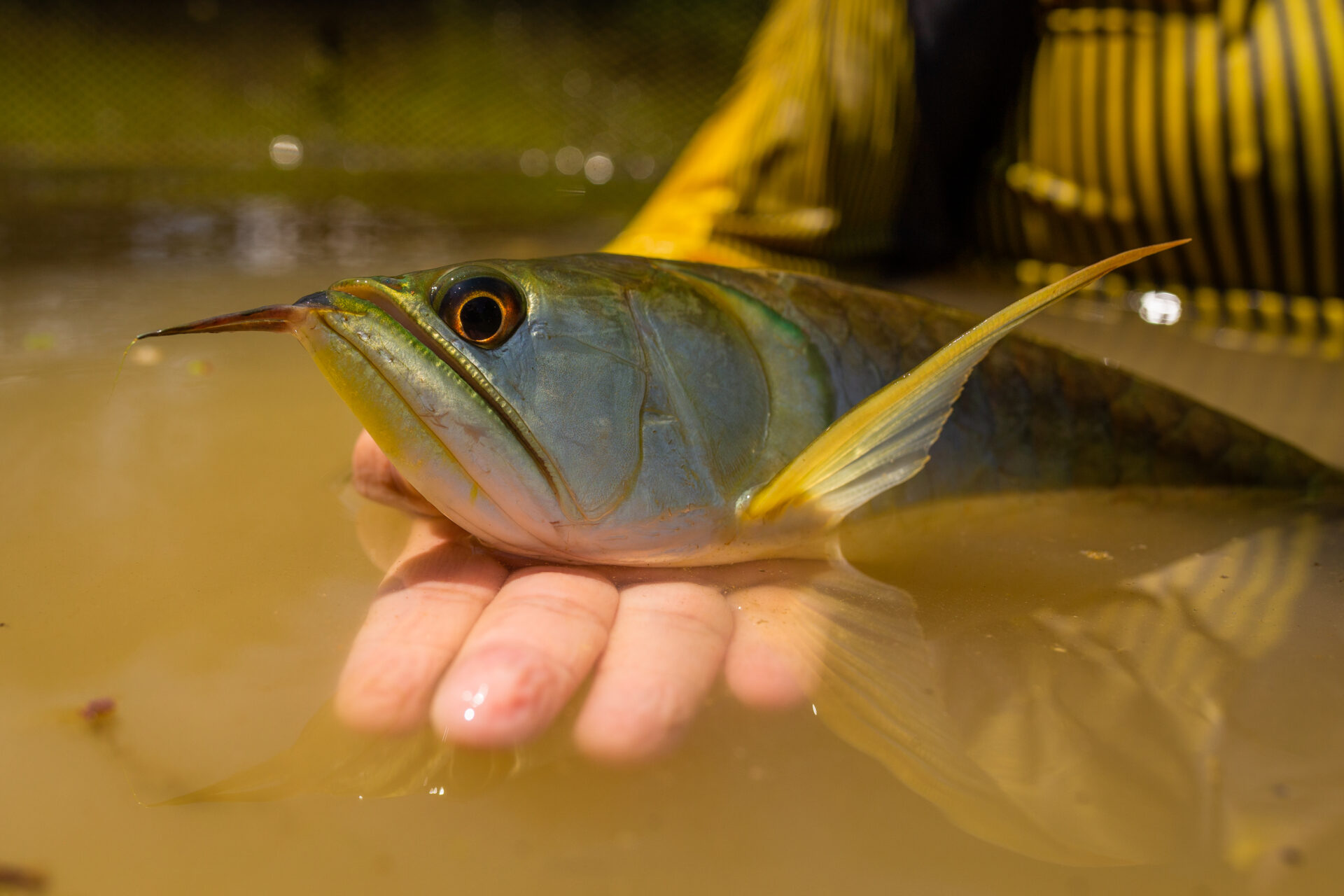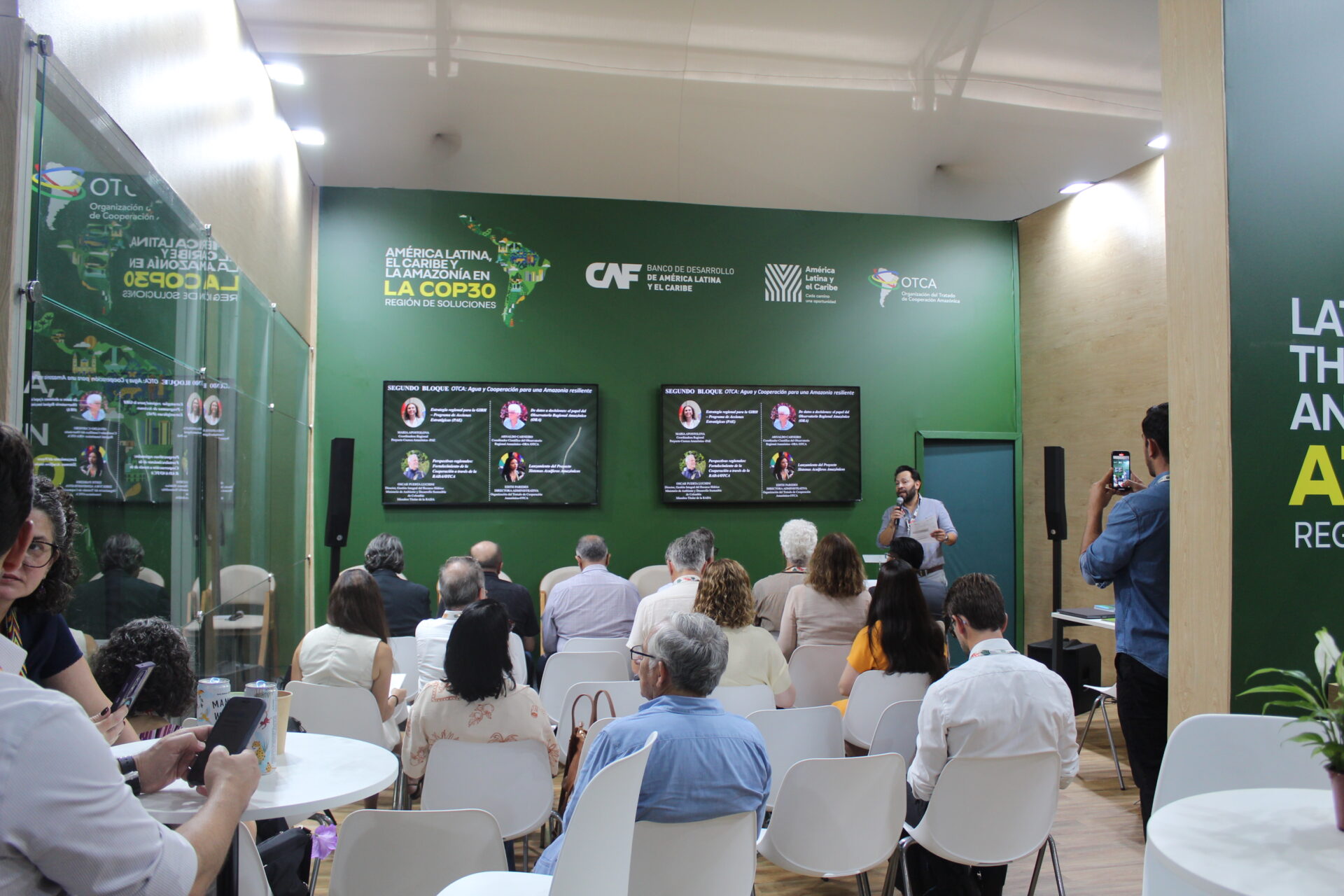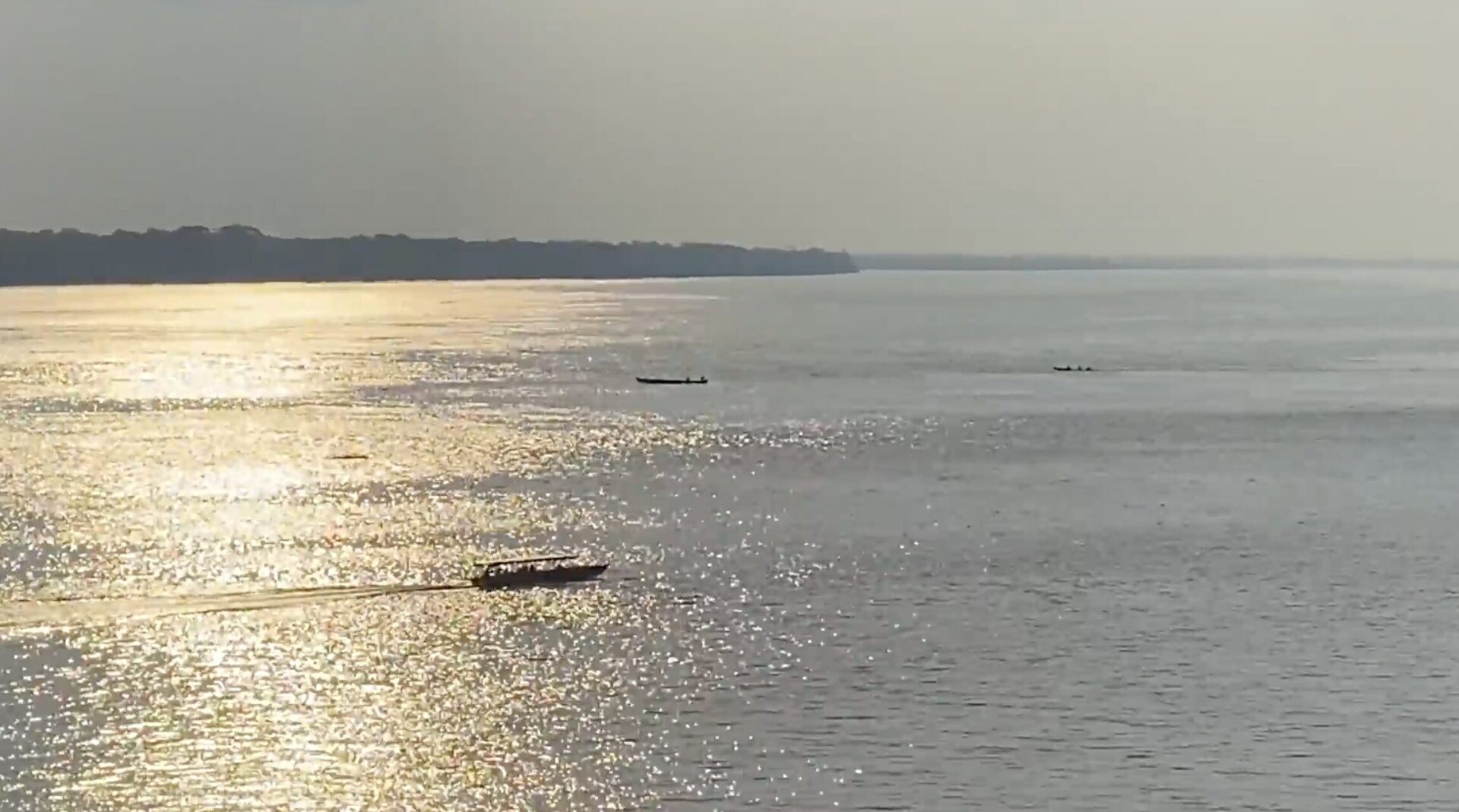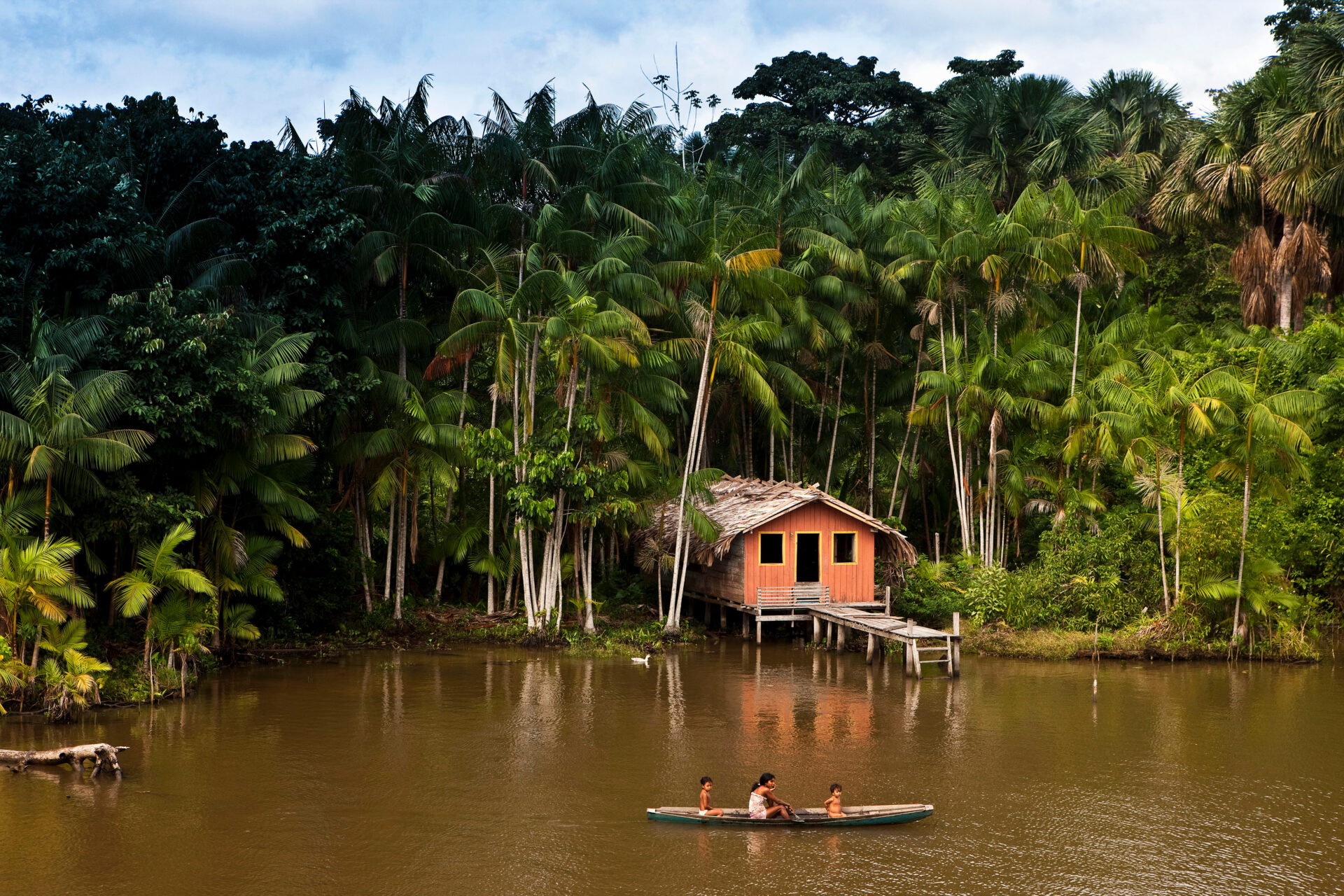In partnership with Colombia’s Ministry of Environment and Sustainable Development and the Amazonian Institute of Scientific Research – SINCHI, the Amazon Basin Project (ACTO/UNEP/GEF) has launched a strategic intervention to promote the efficient management of fishery resources in the Putumayo River Basin, one of the main tributaries of the Amazon River. The initiative includes monitoring aquatic ecosystems in areas vulnerable to climate change and human pressure within the Border Integration Zone (BIZ) with Peru, where fishing plays a vital role in the livelihoods of local communities and the regional economy.
In the Colombian Amazon, the valuation of both subsistence and ornamental fisheries generates over USD 50 million annually. However, the degradation of aquatic ecosystems and overfishing are putting at risk both existing biodiversity and the economic benefits provided by emblematic fish species such as the arapaima, arowana, and large catfish. The lack of continuous data on the relationship between these species and the riverine communities that depend on them, as well as on the biological and fishery characteristics of these shared ecosystems, highlights the urgent need for actions that contribute to the natural regeneration of fish populations.
Although this initiative is led exclusively by Colombia, it seeks to align with Peru’s efforts in managing shared resources to enable the coordination of actions and strategies between the two countries, particularly in managing migratory species and preserving the aquatic ecosystems of the Putumayo Basin.
Participatory Monitoring and Interinstitutional Dialogue
With the active participation of fishers and riverine communities, the project aims to implement a participatory monitoring system in six localities within the two basins that drain through the Border Integration Zone (BIZ) – the Putumayo and Amazon rivers – covering an area of 26 million hectares. The system will use socio-economic, environmental, and fishery indicators to assess resource use and promote sustainable practices in the region, improving knowledge and management of fishery resources.
The initiative will also foster interinstitutional dialogue between fishery and environmental authorities in Colombia and Peru to harmonize fishing regulations, particularly concerning migratory species under high fishing pressure. This collaboration will establish a strong foundation for the conservation of aquatic resources, ensuring the well-being of riverine populations and the preservation of biodiversity.
- Putumayo River fishermen – Jhonattan Vanegas, SINCHI Institute
- Silver arawana – Jhonattan Vanegas, SINCHI Institute
Best Fishing Practices
The project also aims to document artisanal fishing in the Border Integration Zone (BIZ). The initiative seeks to record current fishing practices and, through dialogue with local stakeholders, establish agreements on good environmental and social practices that contribute to biodiversity conservation and the sustainable use of aquatic ecosystems.
Cover photo: Dusk on the Putumayo River – Jhonattan Vanegas, SINCHI Institute
Related news
Post
28 de November de 2025
Water is the central element through which most of the impacts of climate change manifest themselves: more intense droughts, extreme [...]
Post
16 de September de 2025
The Amazon Basin Project has launched an educational video that will be used in community workshops to raise awareness about [...]
Post
21 de August de 2025
Developed under the Amazon Basin Project – Implementation of the Strategic Action Program (SAP), the Toolbox for Water Management in [...]

